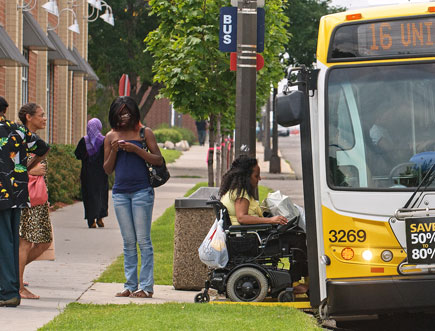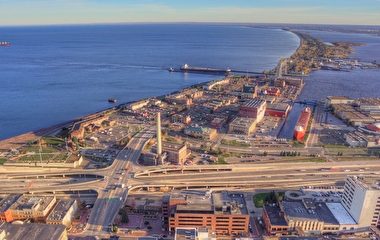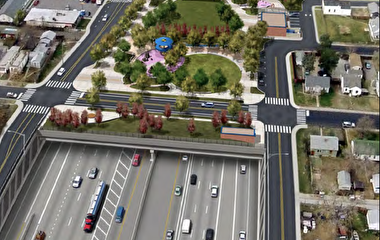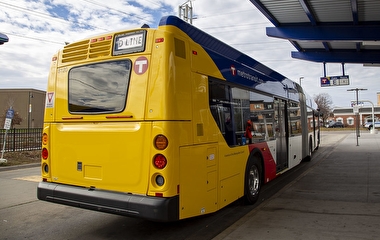Transportation contributes to many broad societal outcomes, such as employment, wealth, and health. Some Minnesotans, however, are underserved by current systems and face disparities and barriers in reaching their destinations. According to new research from the U of M, efforts to improve transportation equity need to focus on societal inequities—such as racial segregation and auto dependency—as well as the transportation barriers that affect specific communities and population groups.
“This study is an important early step in the Minnesota Department of Transportation’s Advancing Transportation Equity Initiative to understand how the transportation system, services, and decision-making processes help or hinder people in underserved and underrepresented communities in Minnesota,” says Hally Turner, planning program coordinator with MnDOT’s Office of Transportation System Management.
The underserved and underrepresented include low-income neighborhoods, communities of color, indigenous communities, rural residents, older adults, people with disabilities, women and youth, and people with limited car access.
Gina Baas, CTS associate director, engagement and education, was the principal investigator. The research team included co-investigator Yingling Fan (professor) and Leoma Van Dort (research assistant) of the Humphrey School of Public Affairs and co-investigator Andrew Guthrie (former Humphrey School research fellow, now assistant professor with the University of Memphis). MnDOT funded the study.
The researchers began by examining current research and practice in the field of transportation equity. They found that societal-level structural inequities cause specific population groups to face disproportionate transportation barriers.
“Some of these structural inequities, such as racialized spatial segregation in metropolitan areas and auto-dependent development patterns, are built into the very fabric of our communities,” Fan says. “The user-pay principle that governs the current transportation finance system is viewed as another inequity, as it does not take into account users’ ability to pay.”
Building on their review, the researchers then explored 24 programs from across the United States that aim to improve transportation equity. The result was structured, generalizable knowledge about the current state of the practice.
Stakeholder engagement was an integral component of the study. “We received key guidance from MnDOT, other public-sector agencies, and external community partners with expertise in addressing disparities and inequities,” Baas says. “We also engaged community members at a community event in Minneapolis to seek direct input from attendees about the day-to-day transportation challenges they face.”
Based on their findings, the research team developed recommendations for MnDOT and other transportation partners to consider in advancing transportation equity. The recommendations, categorized under six overarching themes (see sidebar below), address both societal inequities and the inequities of the transportation system itself. The report identifies which underserved and underrepresented populations are most likely to benefit from each recommendation, along with what modes of transportation each recommendation affects.
“The study lays a foundation for MnDOT to work with transportation partners to meaningfully reduce disparities,” Turner says.
The final report—Advancing Transportation Equity: Research and Practice—and a four-page policy brief are available on the MnDOT website.




